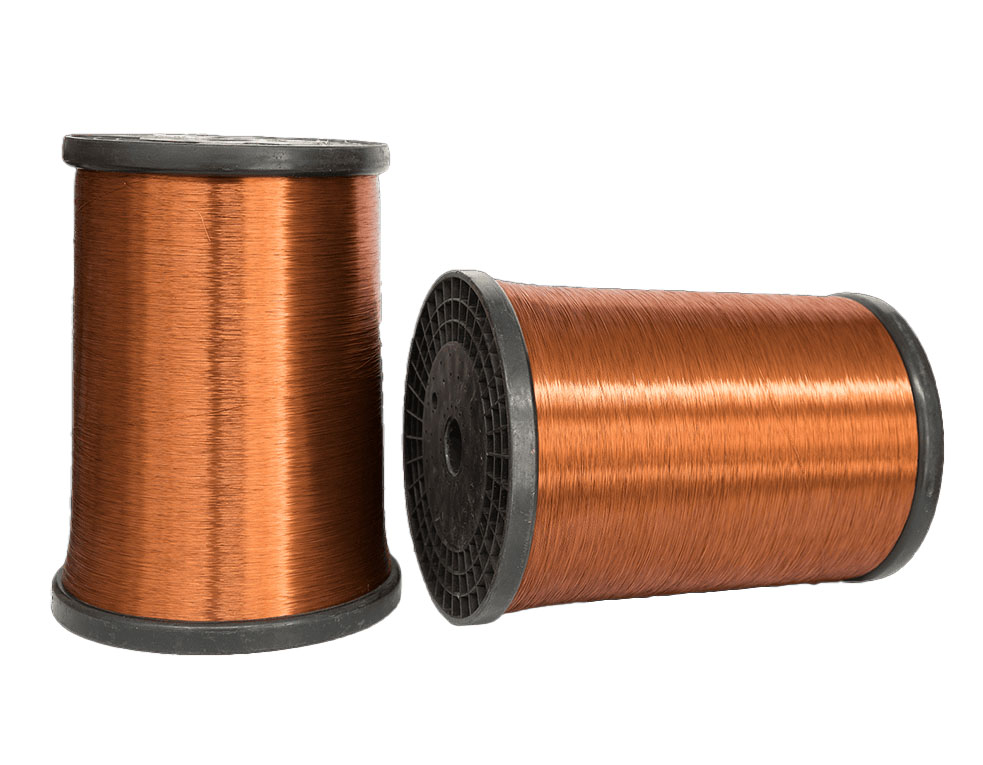The first step in producing enamelled copper wire is annealing the bare copper. This process re-crystallizes the grain structure of the copper, making it soft and allowing it to adhere well to the initial coating of the insulating varnish. It is important to anneal the copper wire before applying the initial coating because it can become brittle and crack if it is not treated properly. This is especially true for larger sizes of enamelled copper wire.
Next, the copper wire is coated with a layer of liquid insulating varnish. The insulating varnish is then heated and cured in a curing oven. The temperature of the curing oven is important because if it is too low, the solvent in the insulating varnish will not completely evaporate. This can result in poor adhesion and reduced mechanical and electrical properties. If the curing oven is too hot, the insulating varnish will become hard and brittle and can crack under mechanical stress.
After the insulating varnish has cooled and hardened, it is coated with a layer of polyurethane. The polyurethane can be cured with different types of catalysts and solvents to achieve a variety of properties, including elasticity, viscosity, and strength. The coating is also resistant to corrosion and chemical attack, making it a good choice for many applications.
The most common types of enameled copper wire have a resisting index of between 400 and 1000. Some have a self bonding overcoat that is based on polyester, polyvinyl butyral, or polyamide. These have a higher R index and are more resistant to high temperatures, but they do not have the same flexibility as other varieties of enameled copper wire. ELEKTRISOLA offers I220-enamelled wire and ML240(c)-enamelled wire, which have the highest temperature and chemical resistance. Both are available in a wide range of thicknesses and diameters.
















